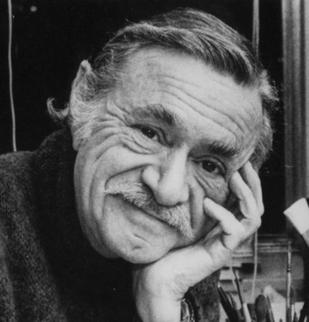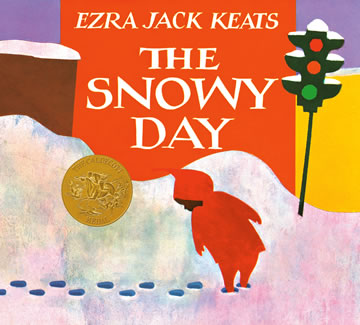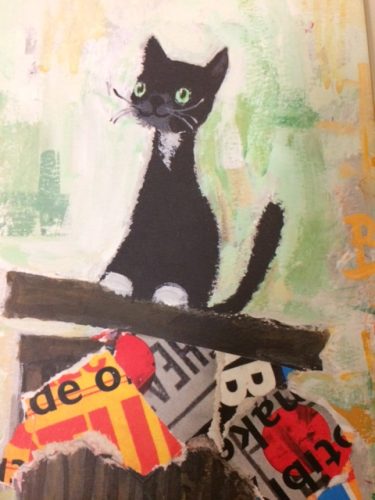Seeing Differently: Ezra Jack Keats

A blog post by JMM’s Director of Development, Tracey E. Dorfmann. To read more posts from Tracey, click here.
I am grateful to be the mother of a talented children’s illustrator. Among the many things I have learned from my daughter is to consider children’s illustration as a high form of art. There were many wonderful picture books that my daughter Hannah and I shared together when she was little. Now I look at these books and their illustrators in a different way and see how they fit into the pantheon of children’s publishing.

The child of Jewish immigrants, Jacob (Jack) Ezra Katz was born March 11, 1916. He grew up in the “East NY” which was the Jewish Quarter of Brooklyn. As an early 20th-century Jewish child Keats grew up in harsh and impoverished circumstances in an era of great anti-Semitism. In interviews, he recalls “feeling invisible” as a child. His gift of artistic expression became his coping mechanism in his rough and dreary neighborhood.
Always a prolific artist, he painted and drew on any surface, that he could. He was also known to have a modest and caring temperament. The experience of making images on so many different kinds of surfaces may be how he came to back collage techniques later in his artistic life.

It was the first picture book to depict a black child as the main character of a story. The tale focuses on the enchanting aspects of a snowy urban neighborhood rather the color of the child’s skin. Yet for so many children this was the first time they could see themselves depicted in a storybook.
As a mature artist-illustrator, he wanted to uplift all children because he knew from experience that they often recede from view in the unforgiving urban landscape. “His art is bold and speaks the universal truths of children.” Author Anita Silvey observed that “Keats could think like a child but paint and make images as an artist with a social conscience.”

If you are interested in finding out more about this wonderful illustrator there are many books about his art and his life or enjoy this YouTube video from a 2012 exhibition of his work presented by the Jewish Museum in NY and check out this Ezra Keats website.
